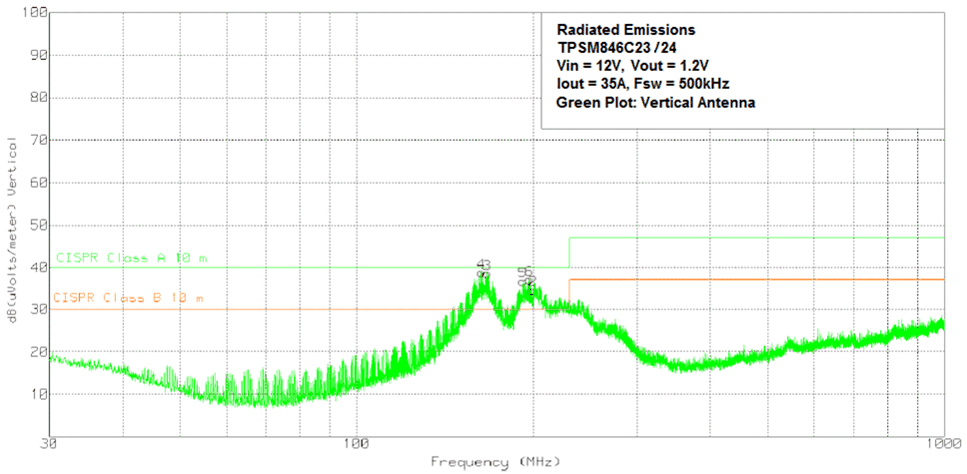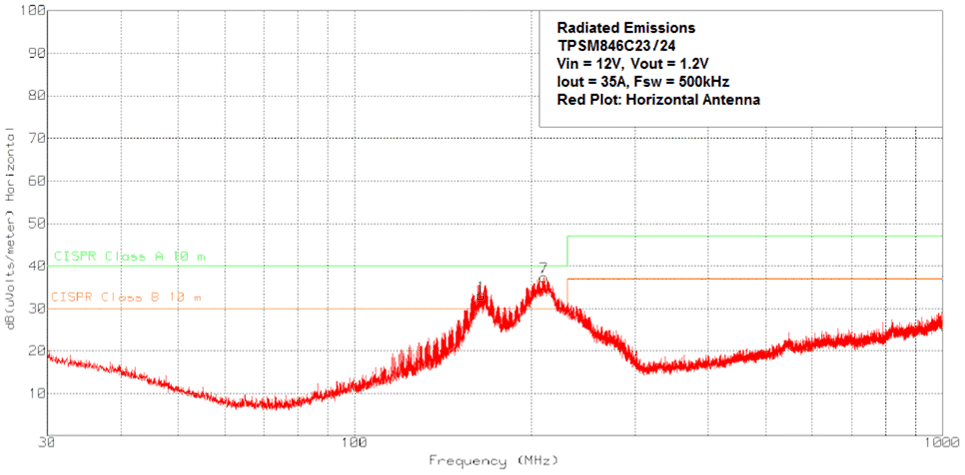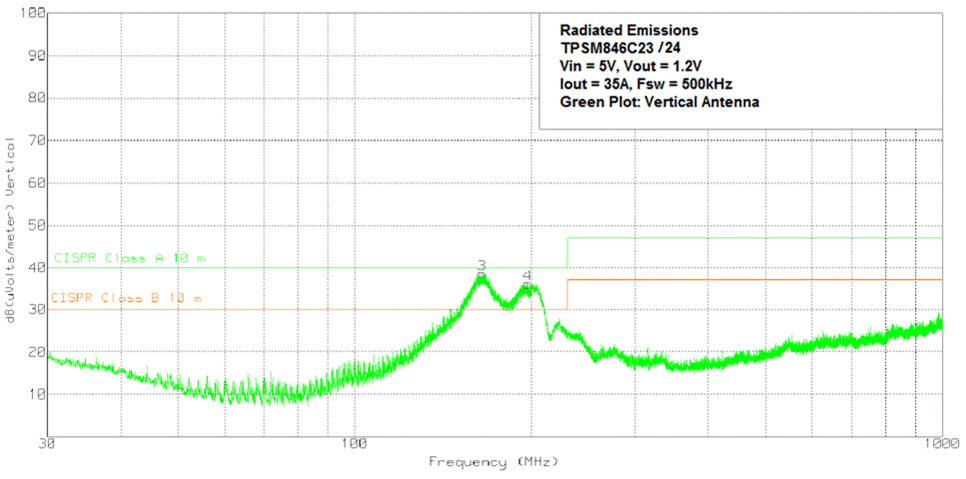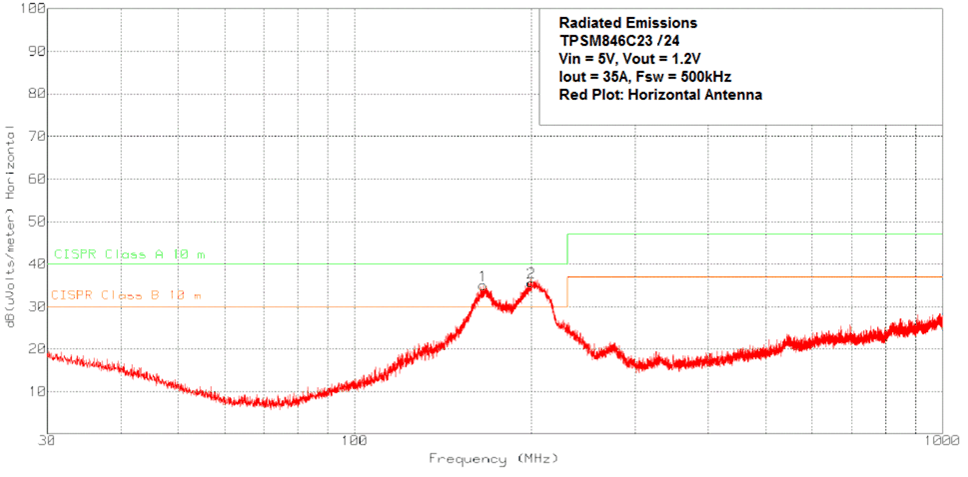SLVSE06B January 2018 – JANUARY 2019 TPSM846C24
PRODUCTION DATA.
- 1 Features
- 2 Applications
- 3 Description
- 4 Revision History
- 5 Pin Configuration and Functions
- 6 Specifications
-
7 Detailed Description
- 7.1 Overview
- 7.2 Functional Block Diagram
- 7.3
Feature Description
- 7.3.1 Minimum Capacitance Requirements
- 7.3.2 Setting the Compensation Network
- 7.3.3 Transient Response
- 7.3.4 Setting the Output Voltage
- 7.3.5 Differential Remote Sense
- 7.3.6 Switching Frequency and Synchronization
- 7.3.7 Prebiased Output Start-Up
- 7.3.8 Power-Good (PGOOD) Indicator
- 7.3.9 Linear Regulators BP3 and BP6
- 7.3.10 Parallel Application
- 7.3.11 Parallel Operation
- 7.3.12 Overtemperature Protection
- 7.3.13 Overcurrent Protection
- 7.3.14 Output Overvoltage and Undervoltage Protection
- 7.4 Device Functional Modes
- 8 Application and Implementation
- 9 Power Supply Recommendations
- 10Layout
- 11Device and Documentation Support
- 12Mechanical, Packaging, and Orderable Information
Package Options
Mechanical Data (Package|Pins)
- MOL|59
Thermal pad, mechanical data (Package|Pins)
Orderable Information
10.4 EMI
The TPSM846C24 is compliant with EN55022 Class A radiated emissions. Figure 22 to Figure 25 show typical examples of radiated emissions plots for the TPSM846C24. The EMI plots were taken using an EVM with a resistive load and input power was provided using a lead acid battery. All graphs show plots of the antenna in the horizontal and vertical positions.

35-A Load Vertical Antenna

35-A Load Horizontal Antenna
 Figure 24. Radiated Emissions 5-V Input, 1.2-V Output,
Figure 24. Radiated Emissions 5-V Input, 1.2-V Output,
35-A Load Vertical Antenna
 Figure 25. Radiated Emissions 5-V Input, 1.2-V Output,
Figure 25. Radiated Emissions 5-V Input, 1.2-V Output,
35-A Load Horizontal Antenna